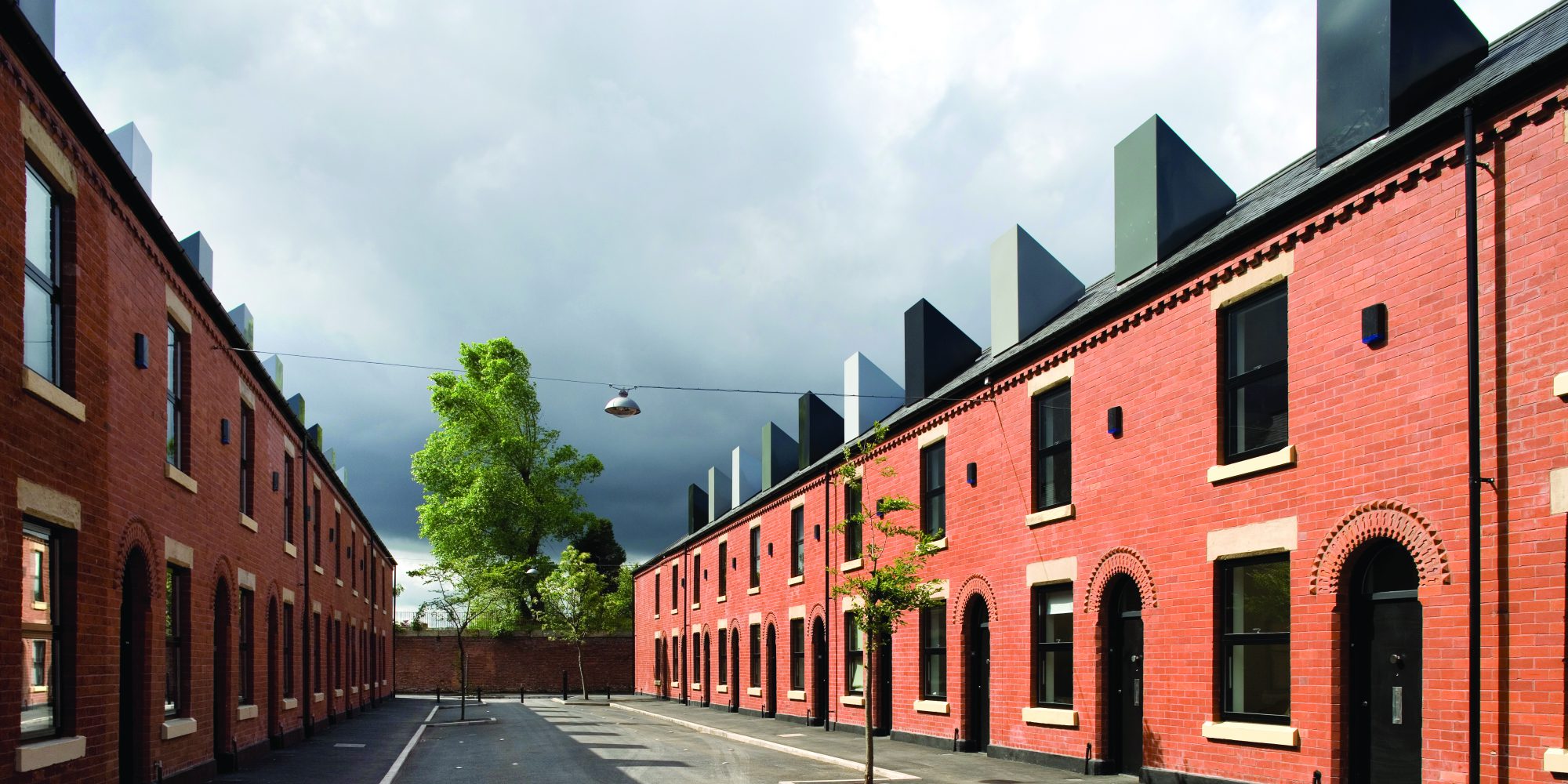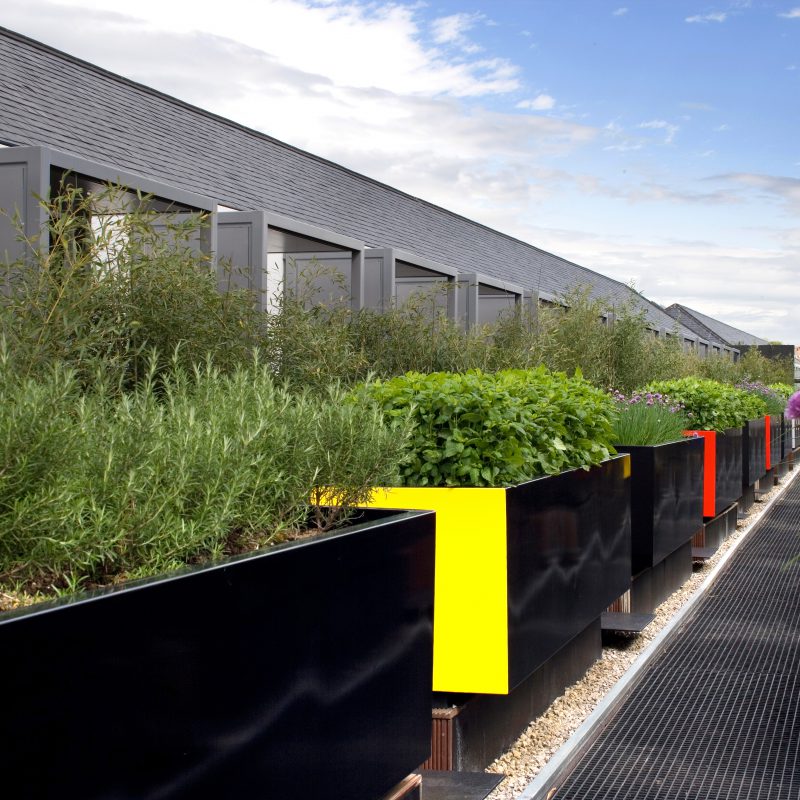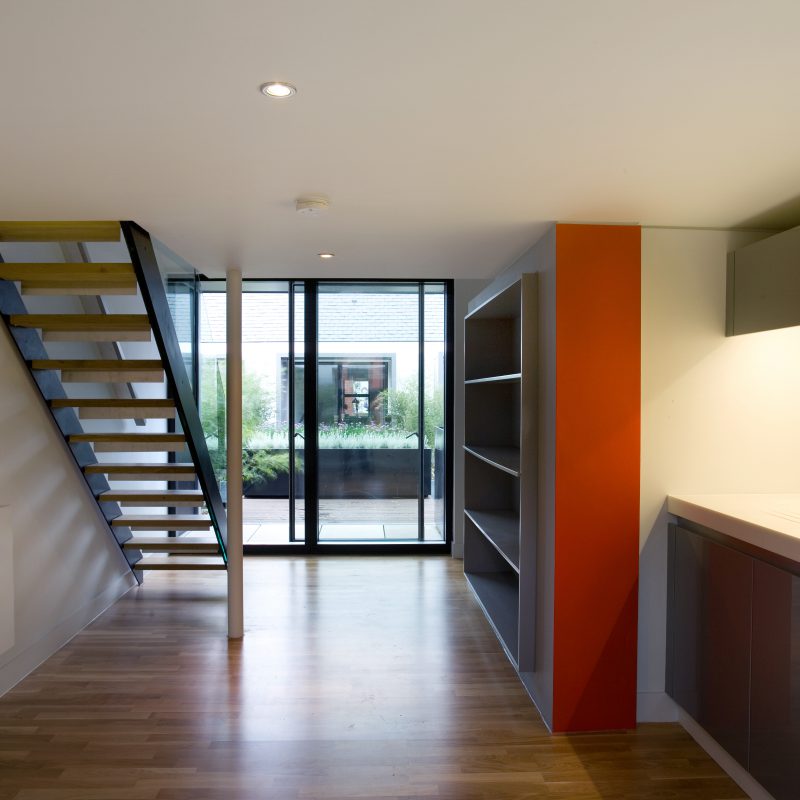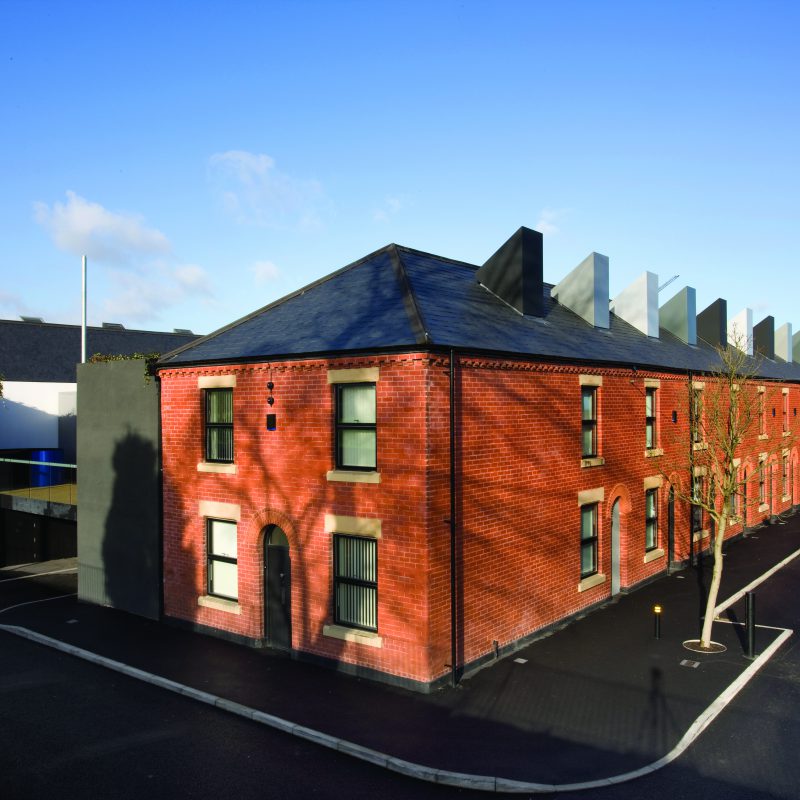
Project Name: Chimney Pot Park
Company: SIPCO
Sector: Residential
Technology: SIPs



Chimney Pot Park, a £26-million Salford-based residential housing project, fuses traditional terrace design and contemporary layout. Redesigned to create a more up-to-date living space, upside-down interiors create lighter, modern and comfortable layouts. Traditional Victorian terraces meet energy-efficient 21st-century construction and design.
The Concept Behind Chimney Pot Park:
Designed to bring the terraced house up to date with all the style and benefits of modern construction technology, Chimney Pot Park is a 359-house residential plot creating a community of award-winning homes in Langworthy, Salford. The result of collaboration between Urban Splash, SIPCO, and architects, shedkm, Chimney Pot Park re-imagines the outdated version of the Victorian terraced street while keeping all of the benefits of a tight-knit neighbourhood environment.
By increasing outdoor areas through timber-decked balconies and rooftop garden design, homes have a lighter, more spacious feel than their traditional predecessors. Chimney Pot Park homes turn interior design on its head, taking an upside-down approach – with bedrooms on the ground floor and communal living areas on the higher floors. Every inch of the design and layout, from the roof to the ground, was carefully planned and executed to maximise the total amount of usable space.
Built to take the best parts of community living, Chimney Pot Park sits on an elevated position overlooking the Salford landscape with plenty of local green spots, secure parking, and community amenities increasing the neighbourhood feel and making it ideal for young families.
SIPCO Technology – The Benefits Of SIPs:
There are multiple benefits to the use of SIP technology in residential construction, with the system designed to exceed standards and regulations for Fire, Acoustic, Structural and Thermal performance. Further to this, Structured Insulated Panels (SIPs) minimise energy waste and noise penetrations while being more airtight than alternative building materials. Panels can reduce the energy used to heat and cool rooms by up to 50%, meaning homes benefit from being quieter and more robust. In addition, homeowners benefit from much lower energy bills throughout the building life and lowered carbon emissions. SIP technology also allows for better control over design and layout, meaning greater flexibility over room shape and size.